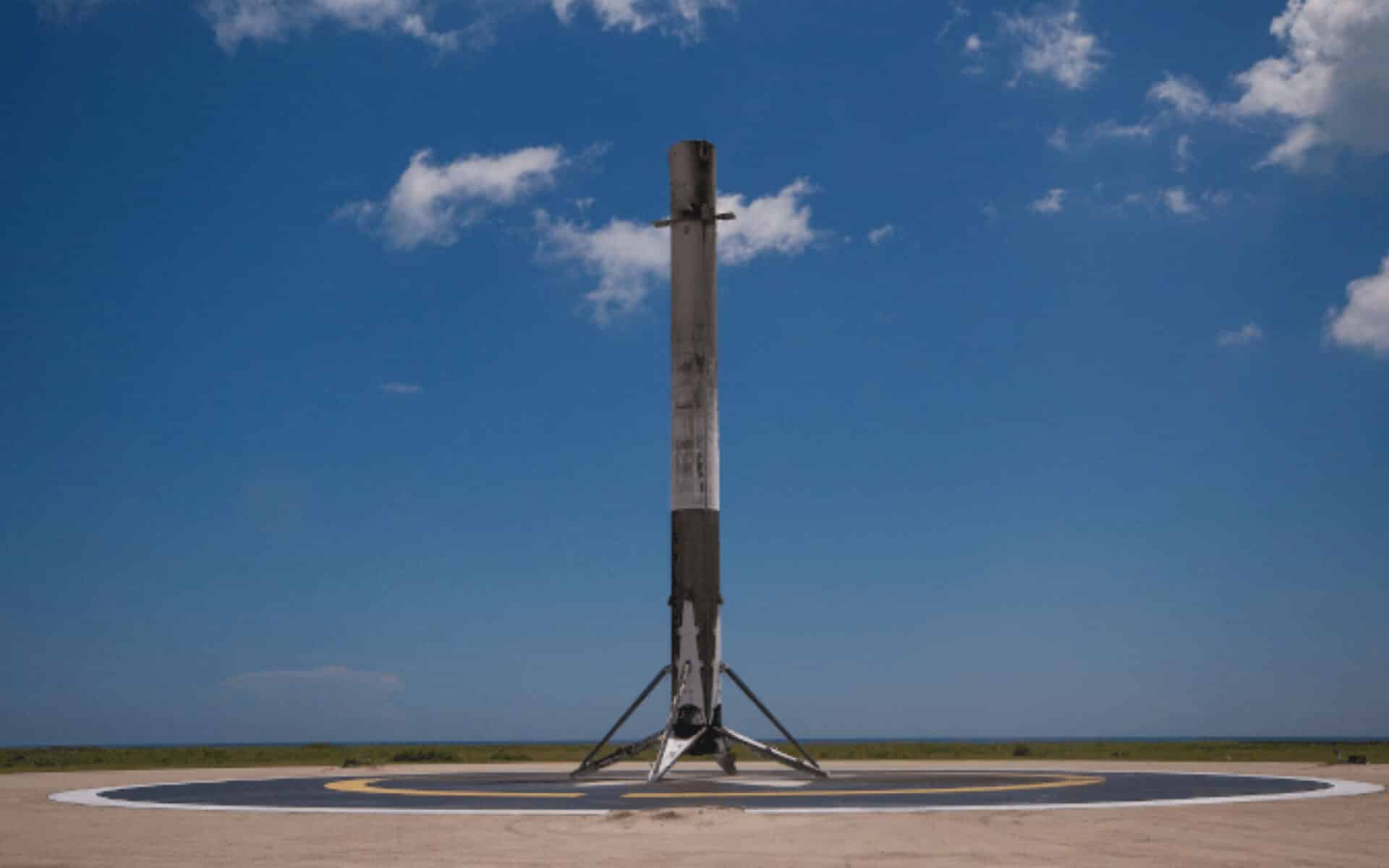Episode 34
Our economy is driven by knowledge. Top firms derive their competitive advantage directly from the intellectual property they control, and the institutional knowledge held by their employees. Knowing how to do something our competitors cannot is a powerful differentiation tool as discovery is a messy process with numerous setbacks and dead ends. However, I argue that it is okay to take risks to learn something new. Failure should not be looked upon negatively but acknowledged as a routine process within any innovation pipeline.
Being good at what is already known is not good enough. What is already known can be commodified, which leads to little opportunity to differentiate with the scope of competition narrowing down to price. This is clearly shown in the smartphone market which has not seen much in product innovation for several years. Top end phones have largely seen incremental improvements in processor speed, memory size, and peripheral quality, and as a result, consumers have been increasingly reluctant to upgrade as quickly as they once did.
Mistakes and failures do not mean that you or your organization is a failure. A common saying is “fail fast and fail often”. The goal when innovating is to discover as quickly as possible what does not work and move on with a different test with a better set of assumptions. The idea of “disruptive innovation” or “move fast and break things” is overused but should not be completely discounted. It is important to ask questions like: “what processes, products, or technologies if possible, would completely overturn our business model or industry?” While the entire organization does not need to be devoted to answering such a question, it is important to allocate some resources to prepare for disruption, or better yet, be the instigator of disruption if investments prove successful.

Discovery is exciting, and accomplishing a hard task is very rewarding. Employees engaged in innovative practices will have far greater satisfaction than those stuck in the tedium of repeated tasks best suited for automation. Knowledge is grown through learning what does not work. There are numerous examples of successful innovations that took multiple iterations before success was found. After 40 attempts to produce a degreaser and rust protection solvent WD-40 was born. Bubble wrap was initially developed to be a textured wallpaper. Did you know there are many ways on how to not land an orbital class rocket booster? Just look back at the last time you tried to do something new for the first time: did it work out perfectly the first try?
To move forward from failure, you need to purge “blame culture” from your organization. If employees fear making mistakes, the culture will encourage unproductive behaviors like hoarding true knowledge, hiding negative results, and general avoidance of risk taking. Watch out for the sunk cost trap, failing to abandon the wrong path will only slow innovation. For several years, I was a Day Trader. Proper risk management is critical to staying in the game over the long haul. You cannot win if you do not make bets. You cannot bet if you run out of cash. When driving innovation, it is important to manage the amount of risk the organization assumes at one time. Moonshots are a good anchor, but do not forget to map the steps in between to give employees a realistic path to work with.
Last Updated: June 25, 2025



